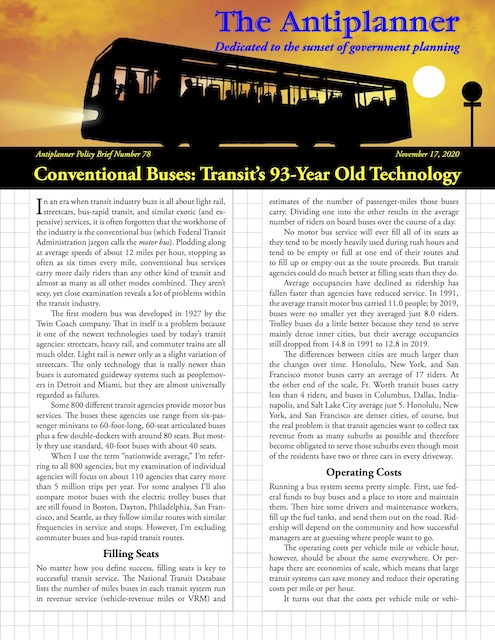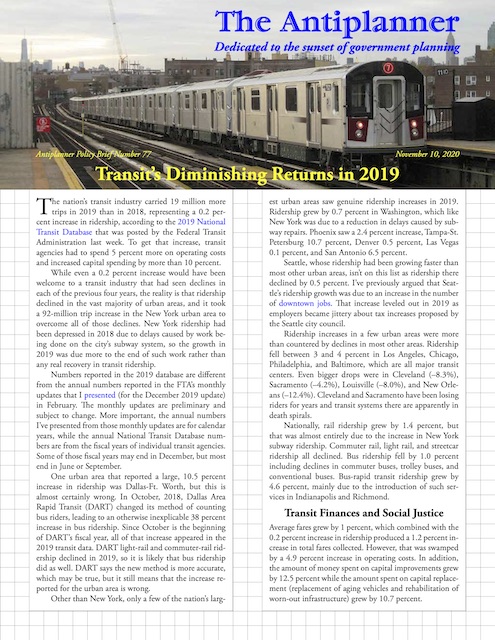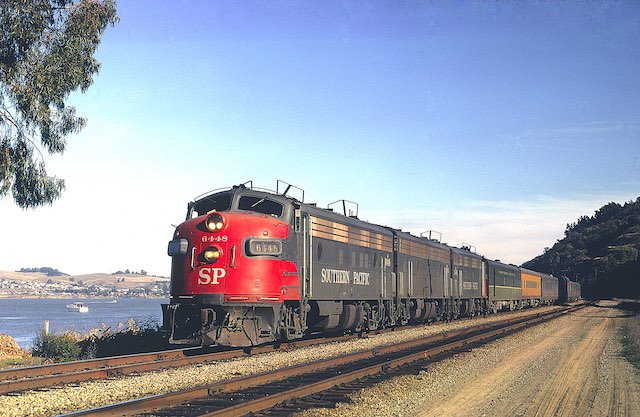Amtrak ridership is down by 87 percent, so Amtrak needs a $2.9 billion rescue from Congress, the company’s executive vice president, Stephen Gardner, told a congressional subcommittee yesterday. Transit ridership is down 70 to 90 percent, added American Public Transportation Association president Paul Skoutelas, so the transit industry wants a $32 billion bailout from Congress.
Those are just their short-term demands, as was made clear in the hearing held by the House Subcommittee on Railroads, Pipelines, and Hazardous Materials. Both Amtrak and New York commuter railroads want $20 billion for the Gateway Project, which would replace bridges and tunnels between Newark and New York City. Transit agencies want $106 billion to restore their backlog of poorly maintained rail systems. And even that is only the beginning. Continue reading










